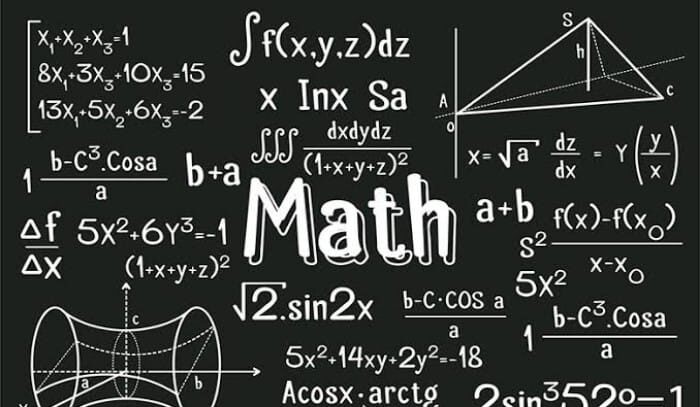In the realm of mathematics, equations serve as vital tools for describing the intricate relationships between various variables. Among these equations, the enigmatic expression x² + (y – 3√2x)² = 1 has captivated the attention of mathematicians and enthusiasts alike. This article aims to illuminate this unique equation, encompassing its solution, graphical representation, applications, and its profound significance in contemporary mathematics.
Understanding the Equation x² + (y – 3√2x)² = 1:
Breaking down the Equation:
The equation x² + (y – 3√2x)² = 1 presents a compelling mathematical expression involving two variables, x and y, embellished with square terms and a radical expression. It signifies a conic section known as an ellipse, manifesting as a closed curve resembling a flattened circle.
Deciphering the Components:
Before embarking on solving the equation, it’s imperative to dissect its fundamental constituents:
- x²: Denotes the square of the variable x.
- (y – 3√2x)²: Comprises the variable y and a squared radical expression involving 3 times the square root of 2x.
- 1: Represents a constant term situated on the right-hand side of the equation.
Solving for x and y:
Step-by-Step Approach:
While solving x² + (y – 3√2x)² = 1 may seem daunting initially, employing a systematic approach renders it more manageable. Let’s navigate through a series of steps to derive the solutions for x and y.
Solving for x:
To isolate x² on one side of the equation, we execute the following steps:
- Move (y – 3√2x)² to the other side by subtracting it from both sides.
- Eliminate the square term on the right-hand side by taking the square root of both sides.
- Since √x² equals |x|, we derive |x| = √(1 – (y – 3√2x)²).
- Squaring both sides to remove the square root, we arrive at the expression x² = 1 – (y – 3√2x)².
- Expanding and rearranging terms, we simplify the equation to 10x² – 6√2xy + y² – 1 = 0.
Solving for y:
Similar to solving for x, we isolate (y – 3√2x)² and subsequently solve for y.
Graphical Representation:
Plotting the Equation:
Visualizing the equation x² + (y – 3√2x)² = 1 graphically unveils its shape and properties. When graphed on a coordinate plane, the equation embodies an ellipse with distinct characteristics.
Analyzing the Graph:
The graph elucidates essential insights into the equation. The ellipse’s center resides at (0, 0), and the major and minor axes can be deduced from the coefficients of x² and y². Moreover, the graph exhibits symmetry along the x and y-axes due to the squared terms.
Applications of the Equation:
Real-Life Scenarios:
In astronomy, the equation finds utility in modeling celestial orbits under specific gravitational influences.
Scientific Applications:
In physics and engineering, it describes physical phenomena involving curved trajectories or shapes.
Advantages and Limitations:
Benefits:
The equation’s representation of an ellipse, a fundamental geometric shape, underscores its wide-ranging applications.
Constraints:
However, its applicability is limited to describing specific curves, precluding the depiction of all possible shapes.
Mathematical Concepts:
Quadratic Equations:
Belonging to the category of quadratic equations, x² + (y – 3√2x)² = 1 entails the highest power of the variable as two.
Radical Expressions:
The inclusion of the radical expression 3√2x introduces complexity, necessitating a specialized approach for solution.
Related Equations:
Exploring equations akin to x² + (y – 3√2x)² = 1 provides further insights into broader mathematical principles.
Historical Significance:
Origins:
The equation’s roots can be traced back to historical mathematical developments and the contributions of notable mathematicians.
Influential Mathematicians:
Throughout history, mathematicians have shaped the exploration and significance of the equation through their pioneering work.
Importance in Modern Mathematics:
x² + (y – 3√2x)² = 1 occupies a significant niche in modern mathematics, epitomizing a captivating conic section with practical implications.
Conclusion:
In conclusion, the equation x² + (y – 3√2x)² = 1 emerges as a captivating fusion of quadratic and radical elements, culminating in the depiction of an ellipse. Its solutions, graphical representation, and real-world applications underscore its profound relevance in both the mathematical realm and beyond.

